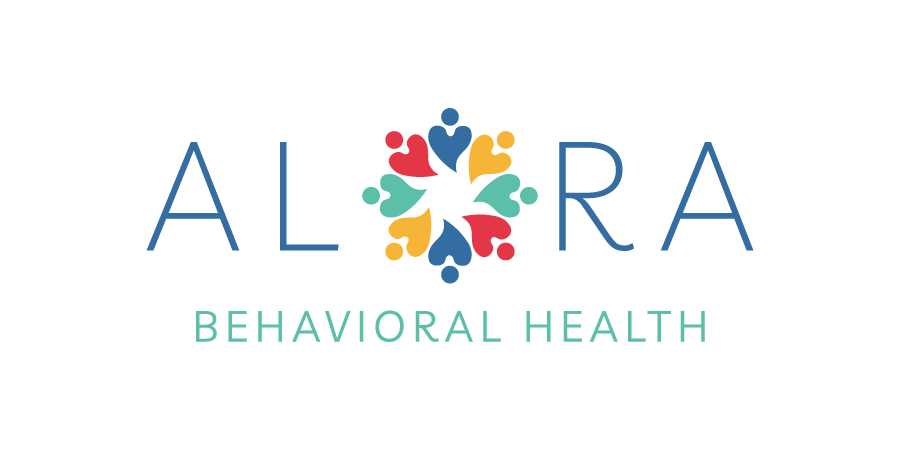ABA therapy (Applied Behavior Analysis) is a widely used and research-supported approach to helping individuals, especially children with autism and developmental differences, learn new skills and build independence. But like many therapies, ABA is often surrounded by misconceptions. Understanding the truth can help families make informed, confident decisions.
Here’s a closer look at some of the most common myths — and the real facts behind them.
Myth 1: ABA Therapy is Just About Changing Behavior
Fact: ABA focuses on teaching meaningful skills, not just “fixing” behaviors.
While reducing harmful or disruptive behaviors is one part of ABA, the broader goal is to teach communication, social interaction, self-help skills, and independence. It’s about empowering individuals to thrive in their environments, not forcing them to act a certain way.
Myth 2: ABA Uses Bribery
Fact: ABA uses positive reinforcement, not bribery.
In ABA, reinforcement is used to encourage growth and learning. Reinforcers (like praise, a favorite toy, or extra playtime) are given after a desired behavior to help it happen more often in the future. It’s about celebrating effort and achievement, not offering rewards just to “buy” behavior.
Myth 3: ABA Therapy is Only for Young Children
Fact: ABA can benefit individuals of all ages.
Although ABA therapy is commonly started early (during toddler and preschool years), it can also be highly effective for adolescents, teens, and adults. Goals may shift over time to focus on age-appropriate skills like building friendships, preparing for employment, or increasing daily independence.
Myth 4: ABA Therapy is Harsh or Rigid
Fact: Modern ABA is person-centered, flexible, and individualized.
Today’s ABA therapists prioritize tailoring programs to each person’s unique needs, interests, and pace. Strategies emphasize compassion, respect, and collaboration with families. The goal is to support the learner in ways that are positive, meaningful, and aligned with their quality of life.
Myth 5: ABA Only Focuses on Autism
Fact: ABA principles can support a wide range of needs.
While ABA therapy is a gold standard for autism support, its principles are also used to help individuals with ADHD, developmental delays, anxiety, and even in general education settings to teach new skills and promote positive behaviors.
Myth 6: Progress in ABA Should Be Immediate
Fact: Meaningful progress takes time and varies for every individual.
Learning is not a straight line. While some skills may develop quickly, others take steady, consistent work over months or even years. ABA celebrates small steps because every bit of progress matters.
Final Thoughts
Making choices about your child’s care is a big decision, and it’s important to separate myths from facts. ABA therapy, when practiced with compassion and expertise, can be a powerful tool to help children and families reach their goals. Understanding what ABA truly is — and isn’t — can help families feel empowered, informed, and supported every step of the way.
If you’re interested in learning more about how ABA therapy could help your child, reach out to us at Alora Behavioral Health!
